Keeping a clean and organized living space is essential for everyone, but more so for older people. Why? Because due to issues with mobility, it can often become more challenging for these people to avoid obstacles, which heightens the chances of severe falls and injuries.
However, specific considerations and adaptations may be necessary to make cleaning and tidying tasks more manageable and safer for older adults.
So, if you are trying to help an elderly relative take control of their space, here are 6 cleaning and tidying tips tailored explicitly for elderly people to follow. Enjoy!
Create a Cleaning Schedule
Establishing a cleaning schedule can help elderly individuals maintain a tidy living space without feeling overwhelmed. Break down cleaning tasks into smaller, manageable chunks and assign specific days or times for each job. This way, cleaning becomes a routine and doesn’t accumulate into a daunting chore. Prioritize essential tasks such as dusting, vacuuming, and cleaning the bathroom to maintain cleanliness and hygiene. Elderly people have a weaker immune system and so maintaining hygiene is important. Professional care homes, like Signature care home, have careful cleaning schedules in place to ensure their residents’ full safety and health.
Use Ergonomic Cleaning Tools
Ergonomic cleaning tools can make a significant difference in reducing strain and promoting safety during cleaning tasks. Look for lightweight vacuum cleaners, mops, and brooms with adjustable handles that can be customized to the user’s height. Additionally, consider using tools with wide grips or handles that are easier to hold for individuals with arthritis or reduced hand strength. Microfiber cloths and dusters can be effective for dusting as they attract and trap dust more efficiently.
Declutter and Simplify the Living Space
Reducing clutter improves the living space’s appearance and makes cleaning and tidying much easier. Help elderly individuals declutter by organizing belongings and donating or discarding items that are no longer needed or used. Simplify the living space by arranging furniture for easy navigation and removing tripping hazards. Storage solutions such as labeled bins, baskets, or drawer dividers keep items organized and easily accessible.
However, it has been noted by many researchers in elderly care that many older people may develop hoarding tendencies, which can complicate this process a bit. So, if you suspect that your elderly relative is developing the symptoms of hoarding, you will need to seek professional help.
Ensure Adequate Lighting
Proper lighting is essential for effective cleaning and preventing accidents. Ensure that all areas of the living space are well-lit, including hallways, staircases, and closets. This will mean these areas are adequately cleaned and health issues like mold can be spotted. Use bright LED bulbs or natural daylight lamps to improve visibility. Installing motion sensor lights or nightlights in critical areas can also help prevent falls during nighttime.
Seek Assistance and Delegate Tasks
Elderly individuals may need assistance with specific cleaning tasks due to physical limitations or health conditions. Don’t hesitate to seek help from family members, friends, or professional cleaning services for more physically demanding tasks such as deep cleaning or heavy lifting. Delegate more straightforward tasks like dusting or organizing to make cleaning a collaborative effort.
Practice Safety Measures
Safety should always be a top priority when cleaning and tidying, especially for older people. Encourage the use of non-slip mats in the bathroom and kitchen to prevent falls. Use sturdy step stools with handrails if reaching high areas is necessary. When cleaning, wear comfortable, non-slip footwear and avoid bending or stretching in awkward positions. Keep cleaning supplies in readily accessible and secure locations to prevent accidents.

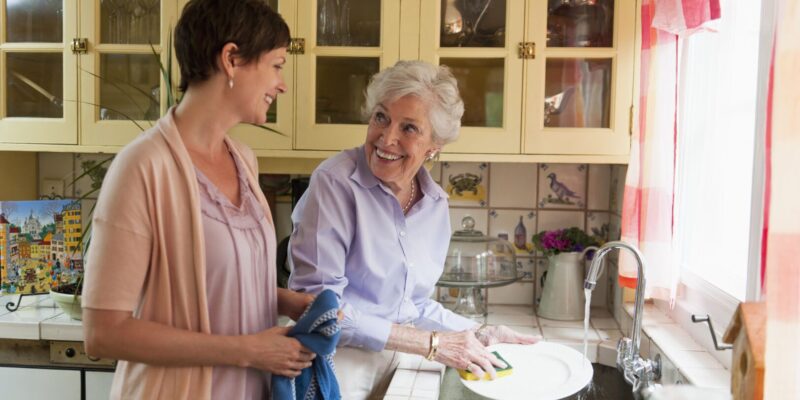
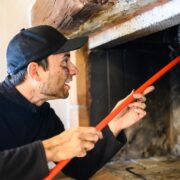
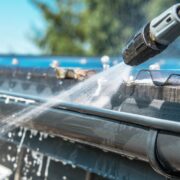
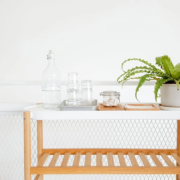
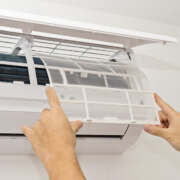
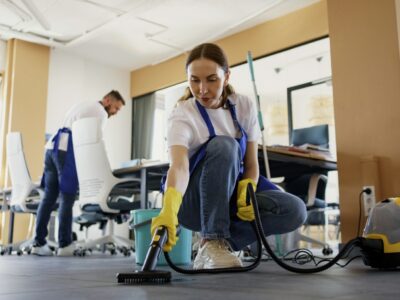
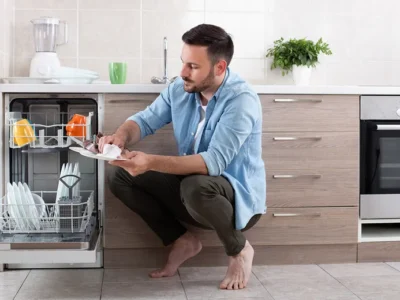
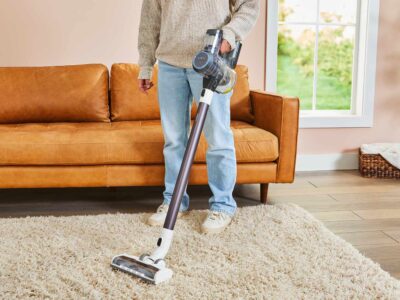
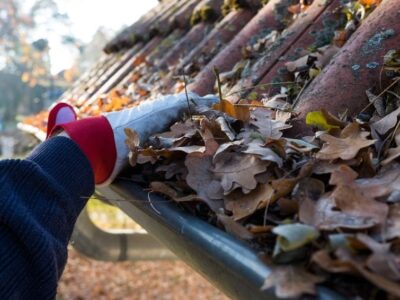
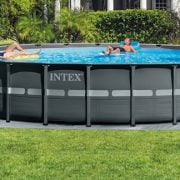
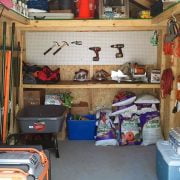

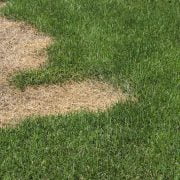
Comments